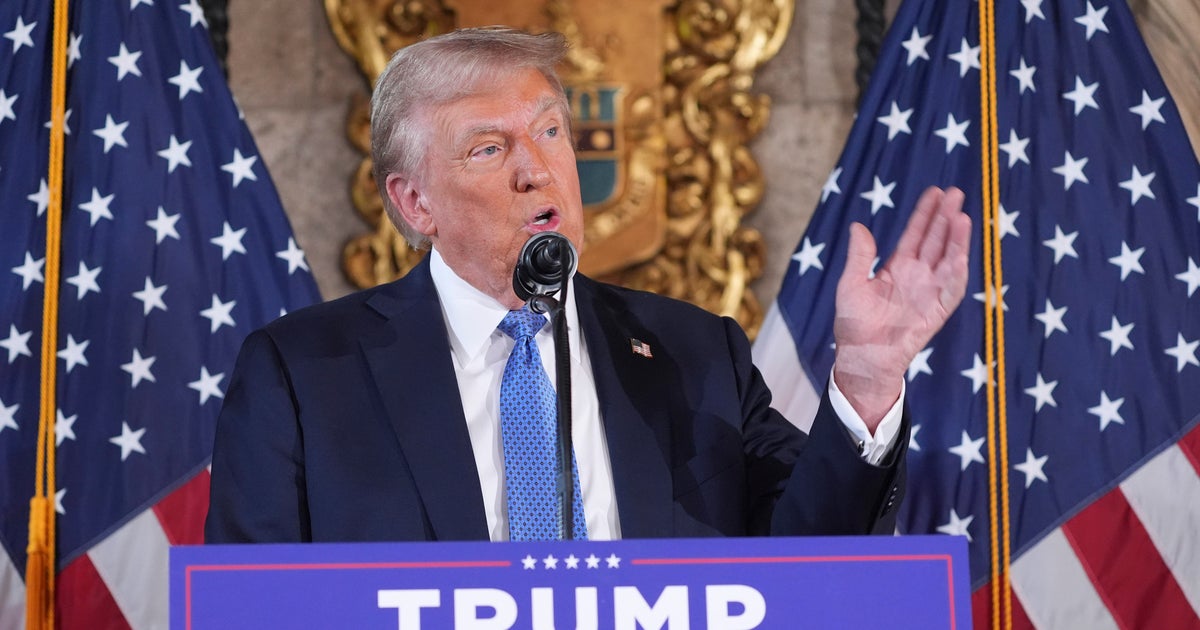Monkeypox vaccine supply nearly enough to cover entire at-risk population, say federal officials
The Biden administration's supply of monkeypox vaccines is nearly large enough to immunize the entire high-risk population in the nation's outbreak, federal health officials announced Friday, thanks in part to a technique to administer smaller doses that has effectively multiplied the country's supply of shots.
Since it was first authorized by the Food and Drug Administration on Aug. 9, White House officials say that some 3 in 4 health departments are now administering at least some doses of monkeypox vaccine with the "intradermal" approach.
That method means the latest tranche of some 360,000 vials in Bavarian Nordic's Jynneos vaccine now allocated to states and cities across the country for the coming month might actually yield up to 1.8 million shots in arms.
"As we get more supply, we are approaching the point where we can offer two doses of vaccine to the entire high risk population via intradermal administration," Robert Fenton, the White House's monkeypox coordinator, told reporters on Friday.
Officials have previously said there are up to 1.7 million people "at highest risk for monkeypox" in the current outbreak, estimated based on previous data on men who have sex with men who are living with HIV.
However, federal health officials have long acknowledged that not every vial will actually translate to the full five hoped-for doses.
Local health departments have complained that, without specialized needles and syringes, vaccinators cannot draw up all five doses. Even with special equipment, some vaccinators have only been able to consistently get three or four doses from Bavarian Nordic's vials.
Errors in administering the intradermal doses, which if given wrongly will not form a raised "wheal" on the skin of recipients, also mean vaccinators sometimes must repeat the dose to immunize patients.
Some groups — such as people who have a history of developing keloid scars and children under the age of 18 — can also only receive the full-sized doses through the original "subcutaneous" method deeper into the arm.
Early data from 19 jurisdictions posted by the CDC on Friday tally at least 92 Americans under the age of 18 having received at least one dose of Jynneos.
"We have built in a buffer as we've been allocating and distributing, to rest assured that people are getting the doses that they need, without anticipating that every single one is going to get five doses out of the vial," CDC Director Dr. Rochelle Walensky told reporters.
Another 150,000 vials of vaccine are expected to be supplied by Bavarian Nordic "as early as late September," officials said.
Slowing the outbreak
The looming vaccine milestone comes as public health officials say they are watching with guarded hope signs the monkeypox outbreak may be slowing in Europe and some parts of the United States.
Local health officials in cities like New York, which were among the earliest hotspots of the outbreak, now say the pace of newly reported cases has been slowing for weeks.
As of Friday, more than 17,000 monkeypox cases had been reported nationwide. The U.S. has tallied more cases than any other country in the world by a wide berth, though America's rate of confirmed infections relative to the size of the population remains smaller than in Spain.
"We're watching this with cautious optimism, and really hopeful that many of our harm reduction messages and our vaccines are getting out there and working," Walensky said, though "things are not even across the country."
Some of the slowdown could be the result of widening vaccinations, though health officials have cautioned that data remains sparse on the true effectiveness of Jynneos to curb the virus.
"Given the unknown effectiveness of vaccination in this outbreak, people who are vaccinated should continue to take steps to protect themselves from infection," the CDC's guidance says.
On the other hand, officials have chalked up some of the slowdown to men who have sex with men reducing risky encounters that could spread the virus.
Health authorities say the vast majority of cases in the current outbreak have been in men who have sex with men, spreading largely through intimate skin-to-skin contact – as opposed to other casual encounters.
"We've actually had a number of people who have worked while they were ill, accidentally, not realizing they had monkeypox, and there has not been secondary cases associated with those activities," the CDC's Agam Rao said at a recent webinar hosted by the National Foundation for Infectious Diseases.
More than half of men who have sex with men say they have reduced the number of their sex partners because of the outbreak, according to recent survey data published by the CDC.
The agency's modeling also suggests a 40% reduction in "one-time partnerships" between men who have sex with men could cut the monkeypox outbreak by up to 31%, buying key time for health authorities to ramp up vaccinations.
"We all know that there's lags in reporting, and that we may see additional waves and various outbreaks. So I will wait a few more weeks before saying anything about whether we're bending the curve," Athalie Christie, one of the CDC's top-ranking monkeypox response officials, told local health officials during a recent webinar.
Case trends published by the CDC also have slowed in recent days. The 14-day moving average of cases has dropped from a peak average of 419 per day on Aug. 8 to around 350 per day on Aug. 24.
Christie recalled that, while working in Liberia during an outbreak of monkeypox in West Africa, officials "saw the last case about four times."
"Having a long career in outbreaks, I have learned not to get too excited by the initial data. So I can't say anything more than cautious optimism," Christie said.



